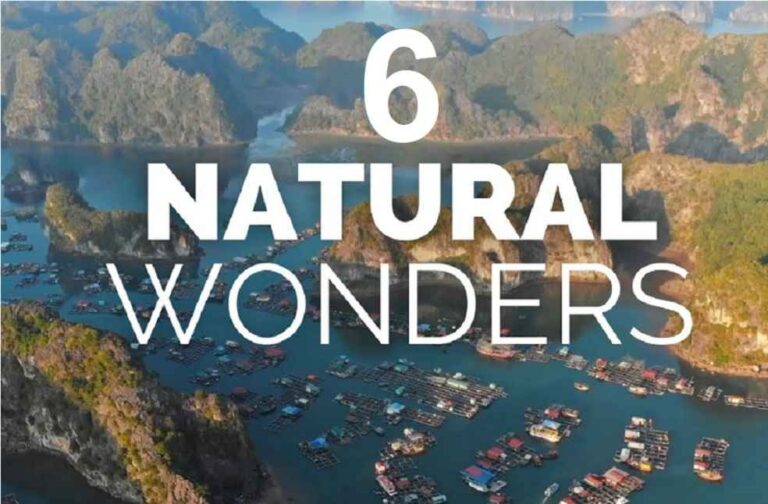Some incredible natural wonders can be found on our lovely planet, which has formed over millions of millions of years as a result of volcanic activity, water and wind erosion, and other causes.

We’ve picked some exquisite natural wonders for you. These 6 natural wonders ought to be on the bucket lists of serious explorers, thrill seekers, travelers, expats, and tourists. So pack your bags.
MOUNT EVEREST
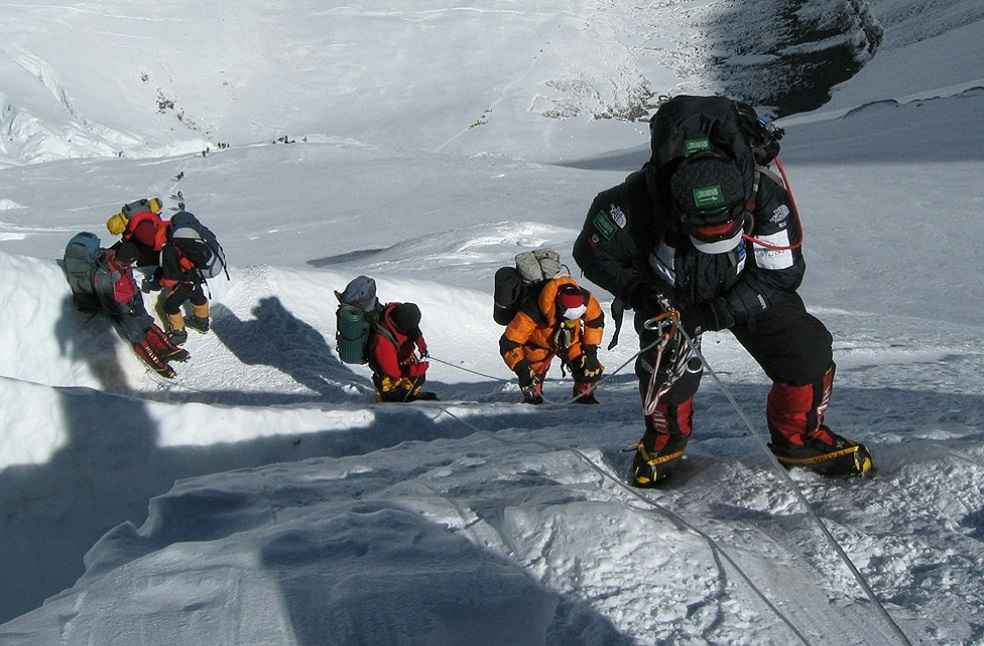
The peak of Everest is 29,035 feet above sea level, or it once was. India and Nepal are ready to measure the mountain again because it’s thought that the 2015 earthquake in Nepal may have reduced its height.
For the sake of tally, if you have visited Mount Everest, which is situated on the border between Nepal and Tibet, you have just have seen it. It’s not necessary for you to have reached the summit.
You still have options if you don’t want to climb Everest. For an incredible aerial view, visitors can arrange a flight around the peak. To truly experience Mount Everest’s beauty, adventurous hikers can make the climb to base camp. As an alternative, you can get a distant glimpse of the mountain while relaxing in a lodge in a Nepalese hill resort.
NIGHTTIME AURORAE
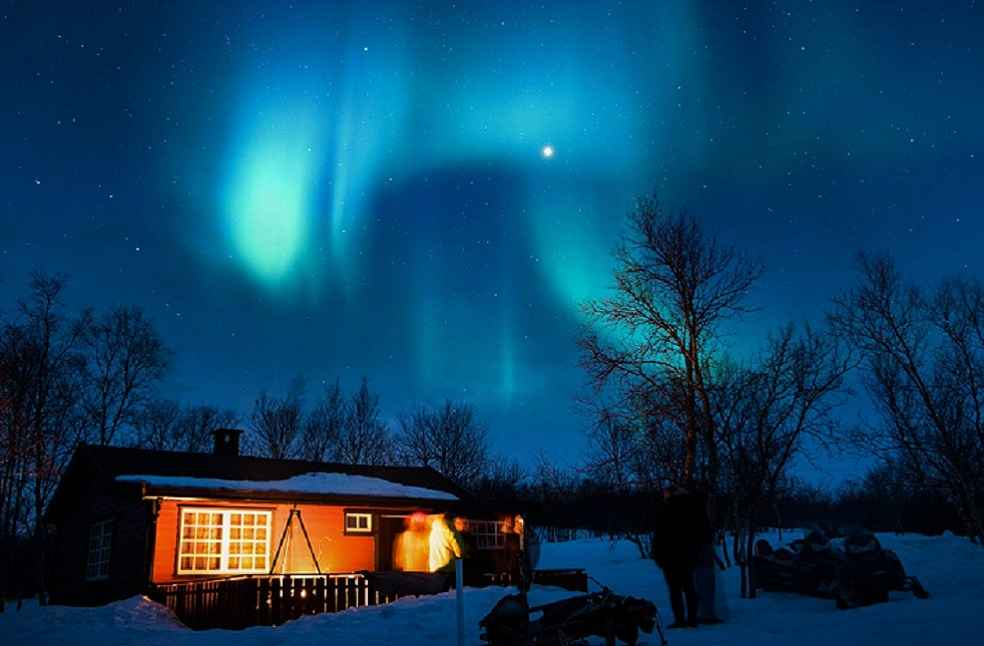
Depending on the visibility and intensity of the geomagnetic storms, the aurora, also known as the aurora borealis, northern lights in the north, and aurora australis in the south, is a natural phenomenon that is brought on by solar winds colliding with Earth’s magnetosphere.
There are many interesting places to visit in the world when planning a trip to see the northern lights. The northern hemisphere’s most remote regions, such as Canada’s far north, Alaska, Iceland, Norway, Sweden, and Finland, are the greatest spots to view the northern lights.
VICTORIA FALLS
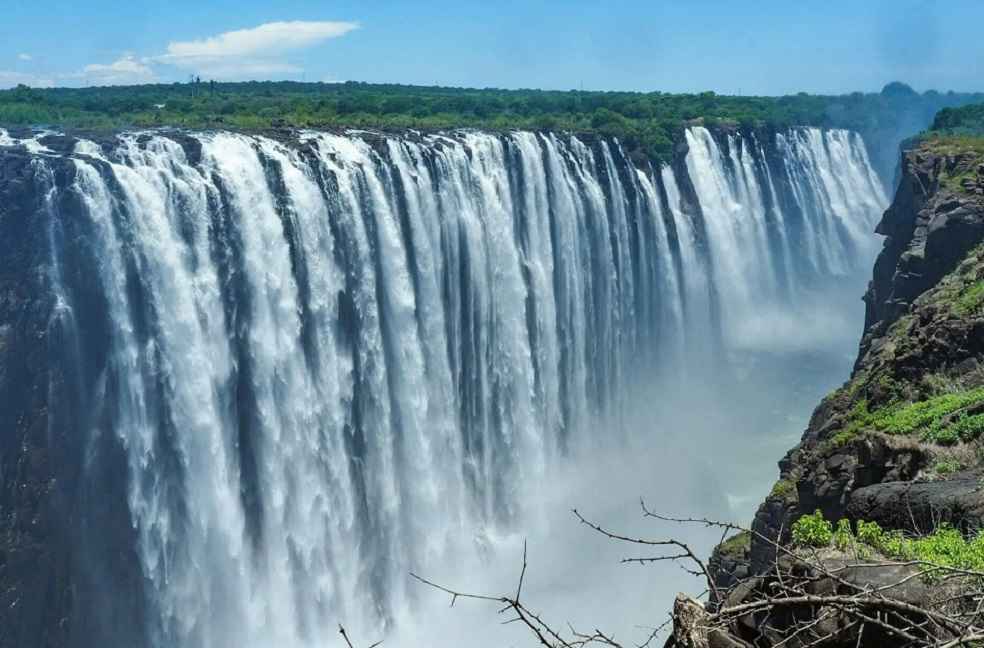
At more than 5,500 feet wide and 355 feet high, Victoria Falls on the Zambezi River between Zimbabwe and Zambia is the world’s greatest waterfall by volume. Its Tokaleya Tonga (regional language) name, Mosi-oa-Tunya, which translates to “the smoke that thunders,” perfectly captures the sensation you’ll have when you get close to it.
Visitors can reach the falls from Livingston, Zambia, and Victoria Falls, Zimbabwe to see this wonderful natural beauty from many angles, cross the border. The best views are from Zimbabwe, but Zambia offers a closer look.
Another fantastic method to view the falls is through helicopter and microlight tours. If you’re feeling courageous, think about taking a dip in the Devil’s Pool, which is practically on the Zambian side of the falls.
THE GREAT BARRIER REEF
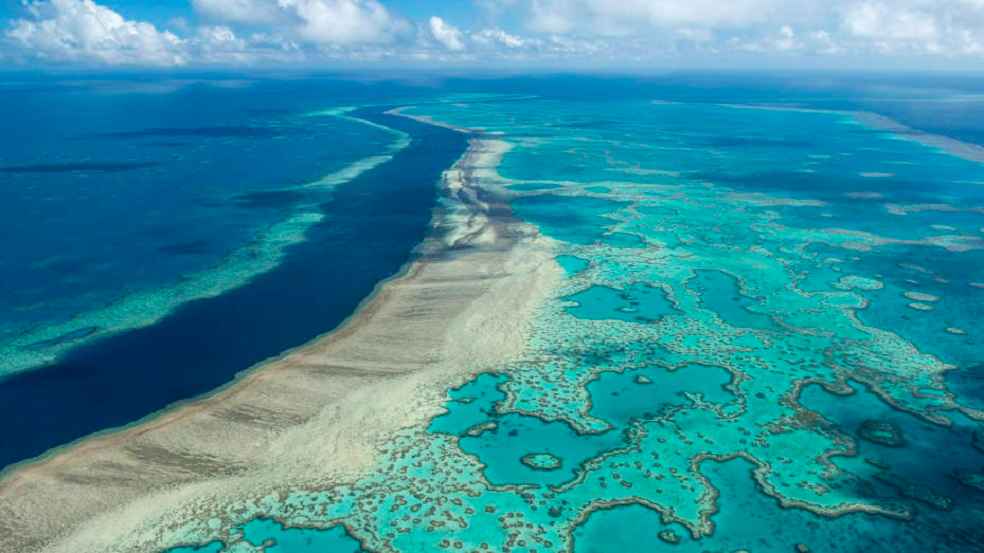
The world famous, great barrier reef in Australia is regrettably in danger of disappearing due to overfishing, tourism, and climate change.
Scientists now acknowledge that coral bleaching is more common than previously believed, and that humans must drastically change their behavior to save this magnificent wonder from extinction. The greatest natural structure in the world could have a sad ending.
Visitors have the opportunity to explore the Great Barrier Reef’s wonders on boat rides and excursions. It is possible to plan snorkeling or diving excursions, which offer chances to see coral, fish, and other aquatic life.
Tours might be single-day excursions or multi-day journeys. Cairns, Port Douglas, and the Whitsunday Islands are popular starting points for reef exploration.
PARICUTÍN VOLCANO
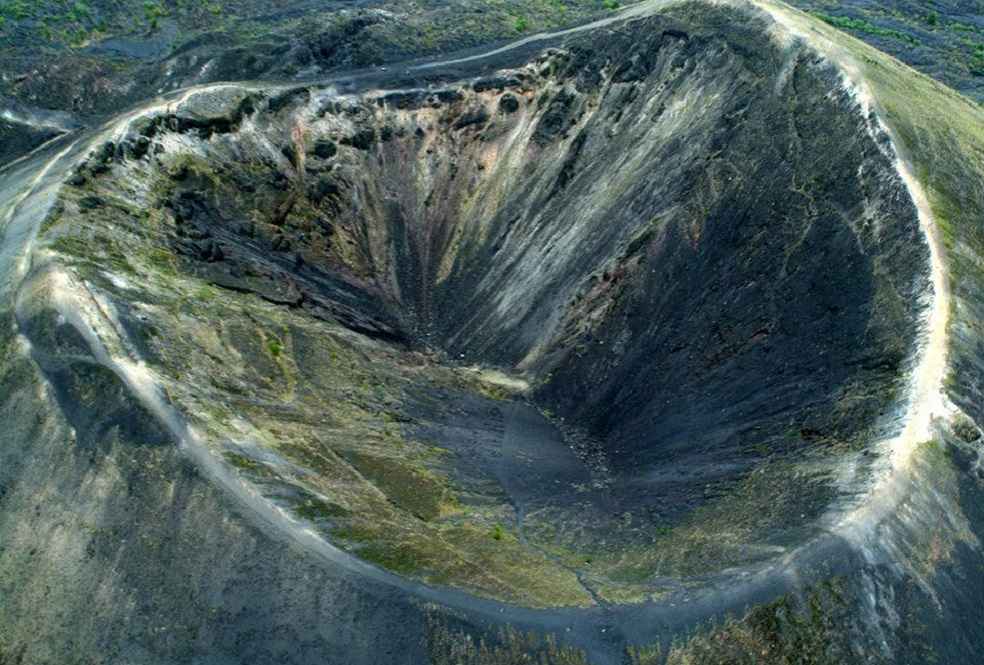
Most listings include the Paricutn volcano in Mexico just due to the history of the volcano’s peculiarity.
In 1943, it was a cornfield, but within a year, it had grown to a height of 11,475 feet. The volcano’s peak was an enormous 9,210 feet above sea level before eruptions stopped in 1952. Only a church bell tower protrudes from the nearby communities, which were submerged in lava.
Anytime of the year is a good time to visit Paricutin. From Mexico City, it takes roughly seven hours to get there.
For a taste of both nature and culture, combine a trip to the volcano with a visit to the nation’s capital. In the city of Urapan, accommodations can be obtained close to the volcano.
THE GRAND CANYON
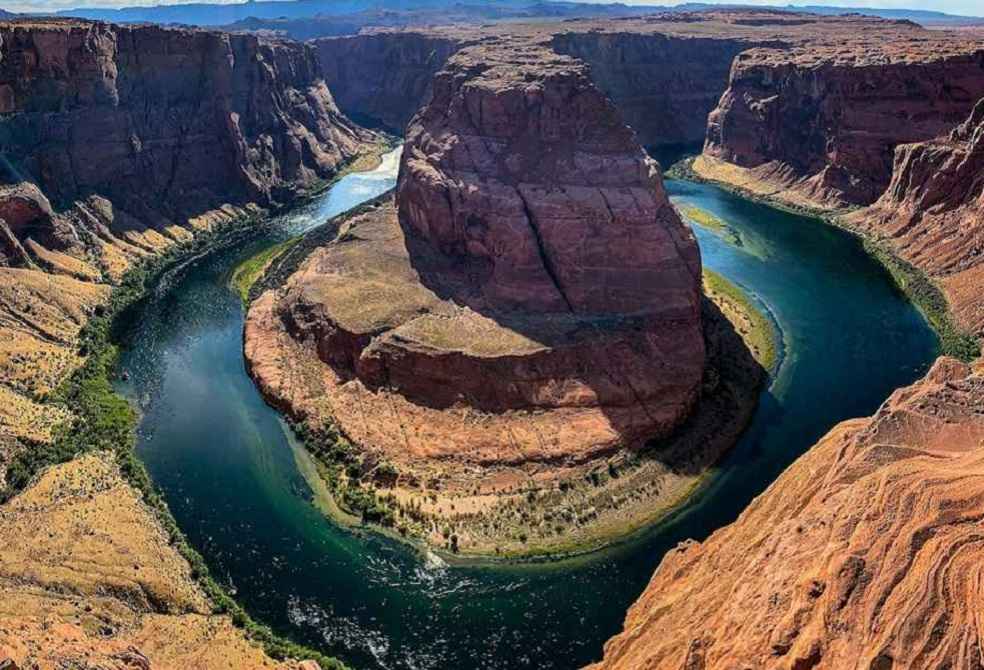
Although it is not the world’s longest or steepest canyon at 277 miles long, up to 18 miles broad, and reaching a depth of nearly a mile, its overall size and the stunningly colorful surroundings make it one of the most remarkable natural wonders.
According to various studies, the Colorado River has been sculpting this canyon for five to six million years.
Visit the Geological Museum to find out more about the creation and geology of the canyon if you’re curious. You may get a wonderful view of the rock layers in the canyon wall from Lipan Point on Desert View Drive. The closest big cities are Las Vegas and Phoenix, while the Grand Canyon is in Arizona, in the United States.


